16:46
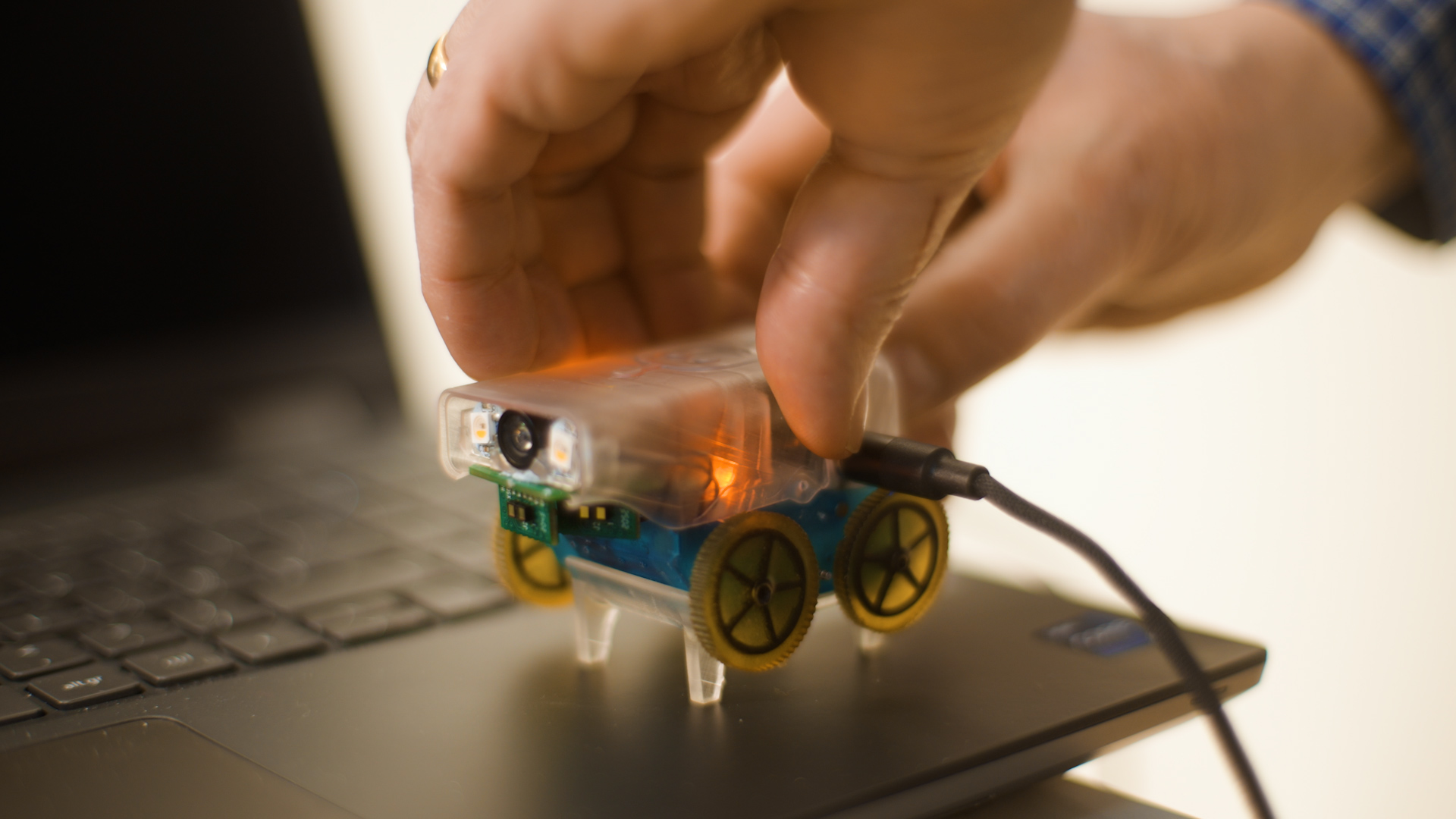
Every day in the UK, around 3 billion liters of perfectly clean drinking water are wasted due to leakages within country's ageing pipe network.
This equates to 25 percent of the UK's daily water consumption, and the wastage can be as high as 50 percent in some parts of the U.S. and Europe. Leaks and blockages in sewage systems can also increase water pollution.
Tackling the problem is fast becoming a priority – not least because the United Nations estimates that by 2025, two thirds of the global population may face water shortages, mostly due to climate change, pollution and over-consumption. A crisis on that scale could lead to the displacement of 700 million people.
READ MORE
Why has antimatter disappeared from the universe?
How Austria is using AI to protect biodiversity
Is this the future of recycling?
But detecting leaks in a pipe can be incredibly disruptive. Large sections of the road usually need to be dug up, at huge cost to the taxpaying public.
It's made water companies desperate to find what they're calling 'no dig' solutions – and some scientists think the answer lies in tiny, autonomous robots.
RAZOR's Dave Aspinall went to meet them.
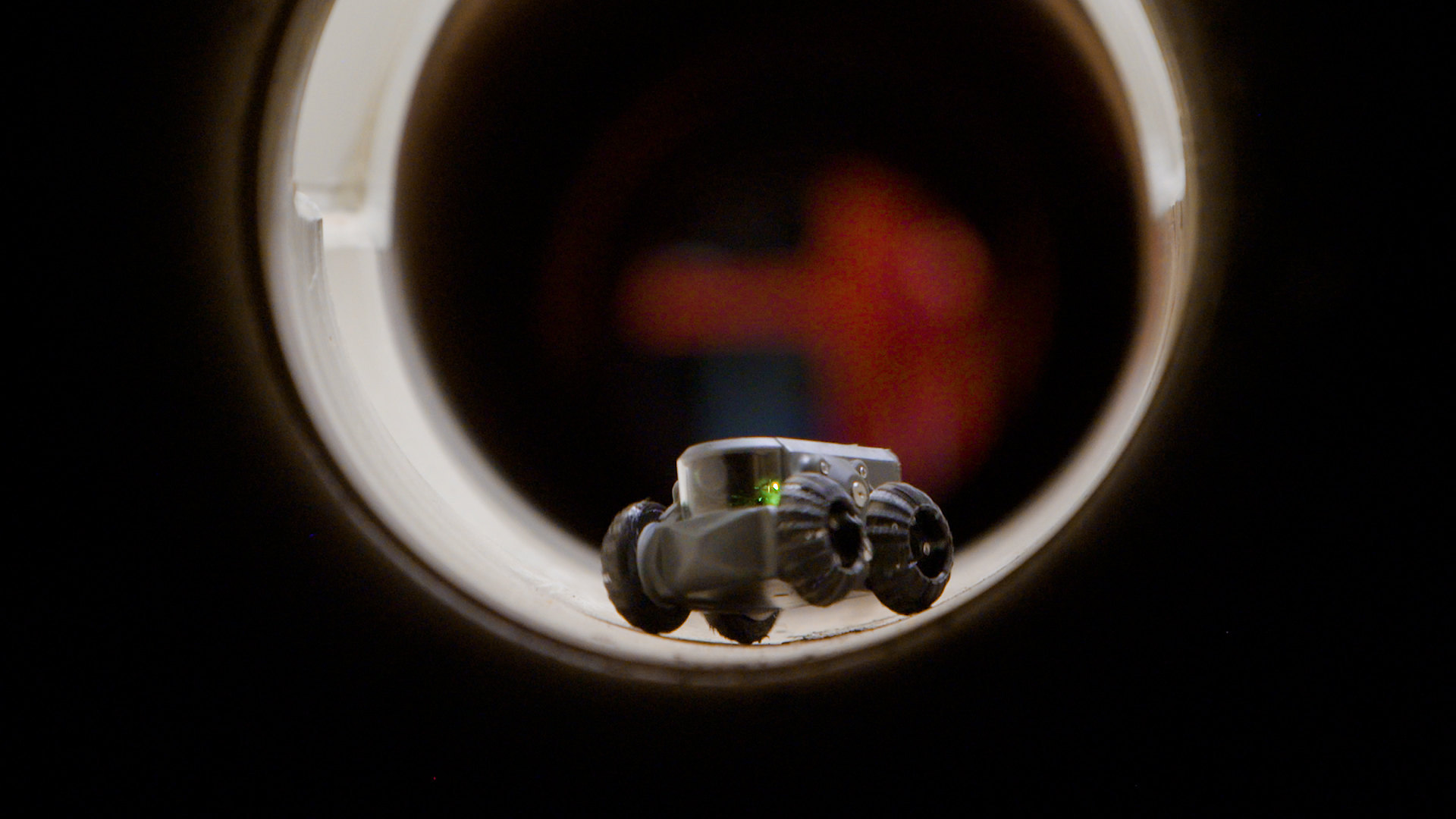
A prototype 'Pipebot' in a pipe. /CGTN
A prototype 'Pipebot' in a pipe. /CGTN
Around a million kilometers of buried pipes make up Britain's underground water network. The systems can date back over a hundred years to Victorian times, meaning they're largely unmapped and difficult to locate.
Yicheng Yu is part of a team that wants to solve that.
He carefully sets down a chirping, whirring device in a pipe, watching as the robots trundles forward on two tracks, emitting siren-like sounds.
The prototype uses acoustic waves to map the pipe – and possibly detect leaks.
Technology like the one developed by Yu and his team at the University of Sheffield, led by professor Kirill V Horoshenkov, aims to identify pipe defects before they get worse.
The sounds they set off can travel miles down plastic pipes and hundreds of meters down the wider sewer pipes.
But the prototypes need to be autonomous and more mobile before they can be actually deployed.
That's what led to the 'Pipebots' intiative.
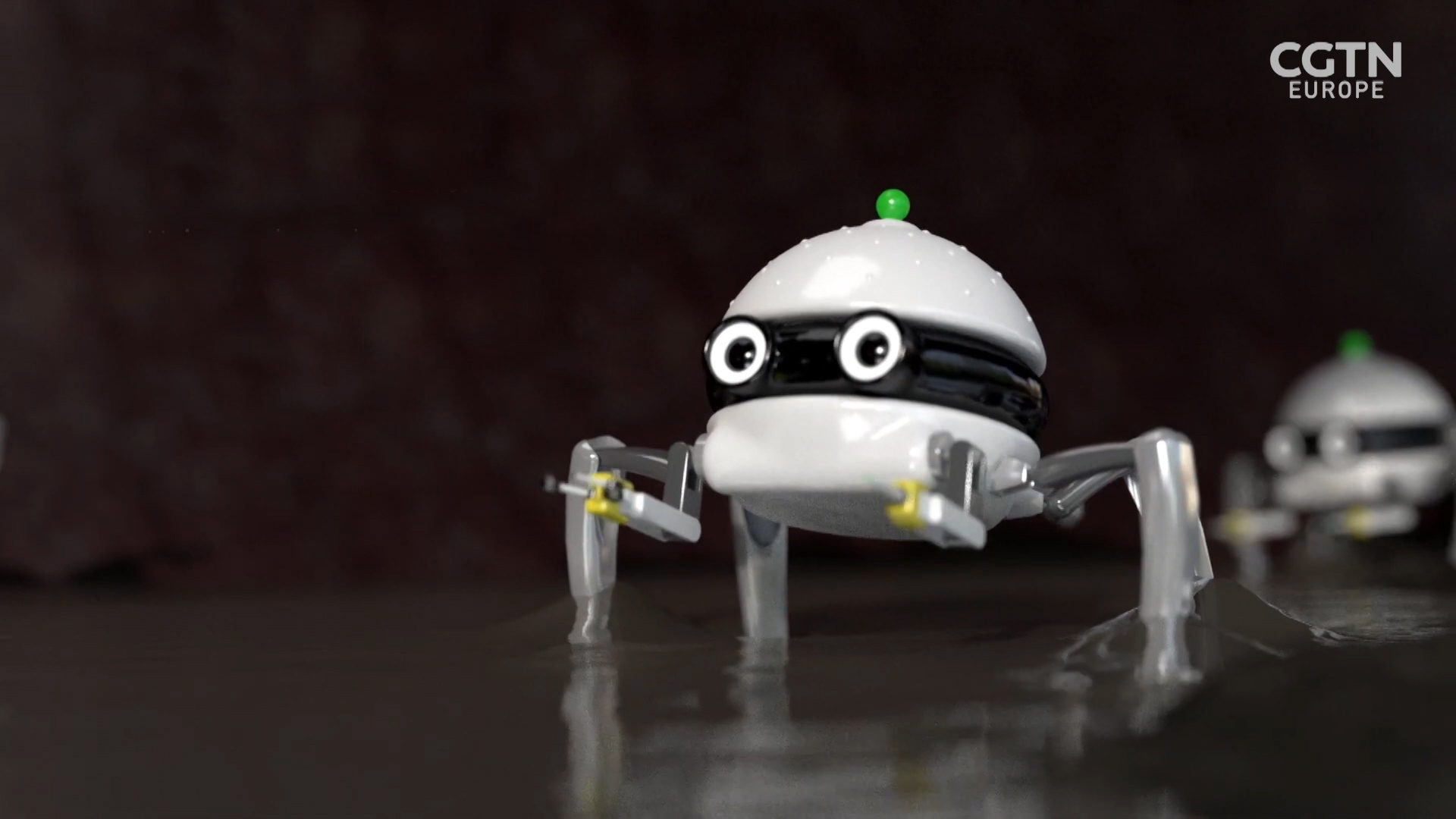
A graphical representation of a 'Pipebot'. /Pipebots/
A graphical representation of a 'Pipebot'. /Pipebots/
From pipe dream to Pipebots
The Pipebots team envisions a swarm of robots that will work together to inspect the pipe networks, swimming like fish within the flow of freshwater pipes and even executing maintenance and repair tasks.
The project was set up in collaboration between four major UK universities to design and build miniature autonomous robots that can travel in underground pipes and check for damage.
But there are several challenges, including miniaturization. Some sewer pipes can be as small as 100 millimeters.
"How do you get everything into such a small space weighing very little?" asks Netta Cohen, a professor working at at one of the world's leading robotics departments, in the University of Leeds.
"If it weighs too little, it's going to flip over. So you want the right balance. You want big wheels and you want the weight sensor to be at the bottom. If it's too heavy, it's going to take too much power. If it's too light, it's going to be unstable," she says.
The plan is for the robots to travel the pipes at night, when there's less waste and water flowing.
Autonomy is also a major hurdle. The robots need to be able to control their own motion, know where they are, what they are doing, and what their next task is.
And that's where worms come in.
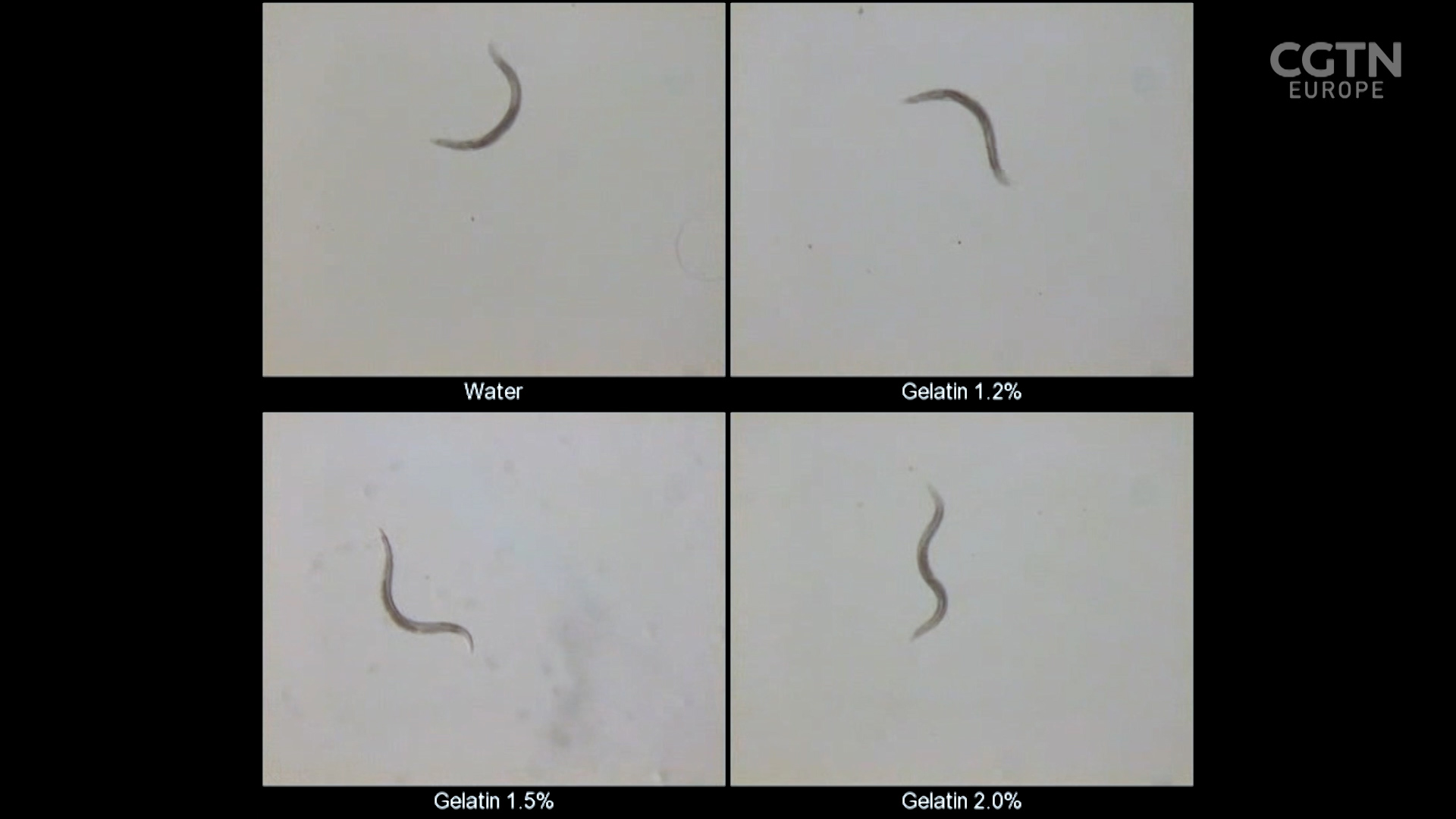
Worms under observation at the University of Leeds. /CGTN/
Worms under observation at the University of Leeds. /CGTN/
The ways of worms
Cohen's background is in biological systems, so she's not someone you'd necessarily expect to work in robotics.
But it's precisely her knowledge of the natural world that is helping drive research into autonomous robotic technology – specifically, the ways of worms.
"They're not as clever as you. They don't play chess, but they do everything they need to survive. And they do it with less than a thousand cells, which include exactly 302 brain cells," she says.
Cohen believes studying the worms' limited yet efficient neural capabilities will help scientists develop the computation that's needed for the Pipebots project.
"We want to build robots that move in pipes and can inspect and say, 'this is broken, this is not broken, there's a leak here, there isn't a leak here'. So what we're learning from these shots is how these animals are trading off their forward speed with their need to sample their environment. And that's exactly what we need robots to do," she explains
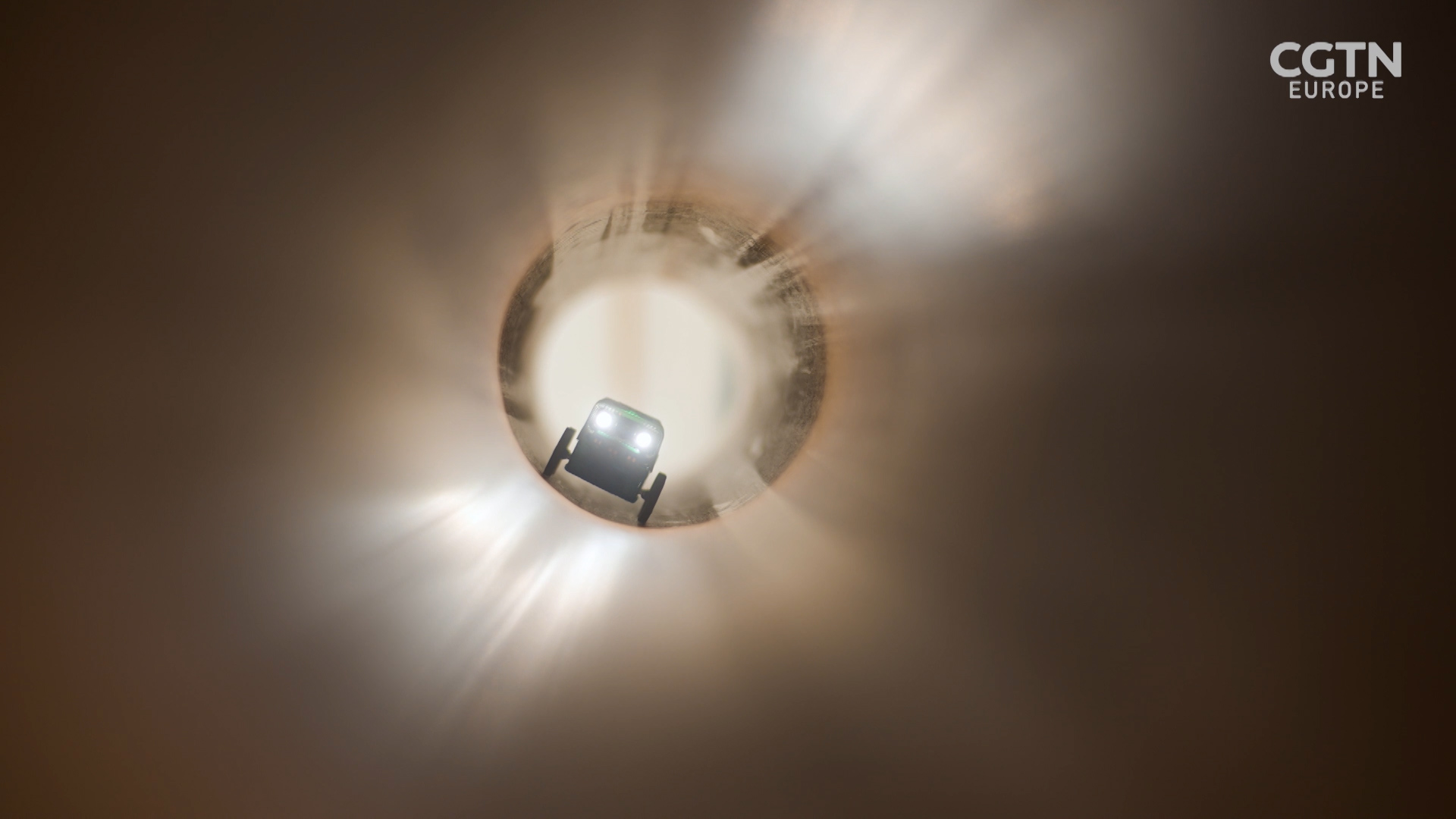
A prototype 'Pipebot' in a pipe. /CGTN/
A prototype 'Pipebot' in a pipe. /CGTN/
The rigors of robotics
Back in the robotics lab, software technician Andy Blight sets off a tiny, wheeled robot armed with a camera, acoustic sensors, a measurement unit, and a slot for a memory card.
Blight says the robot's abilities show it can drive itself.
"It sends a number of pulses per revolution. And from that, we can work out how long a pipe is or how far it's traveled down the pipe. It will be filming as it's going, taking pictures of where it's been, and then it will explore to the end of the pipe and then come back again," he says.
The robot returns – but because of its small size, is not equipped to record much data.
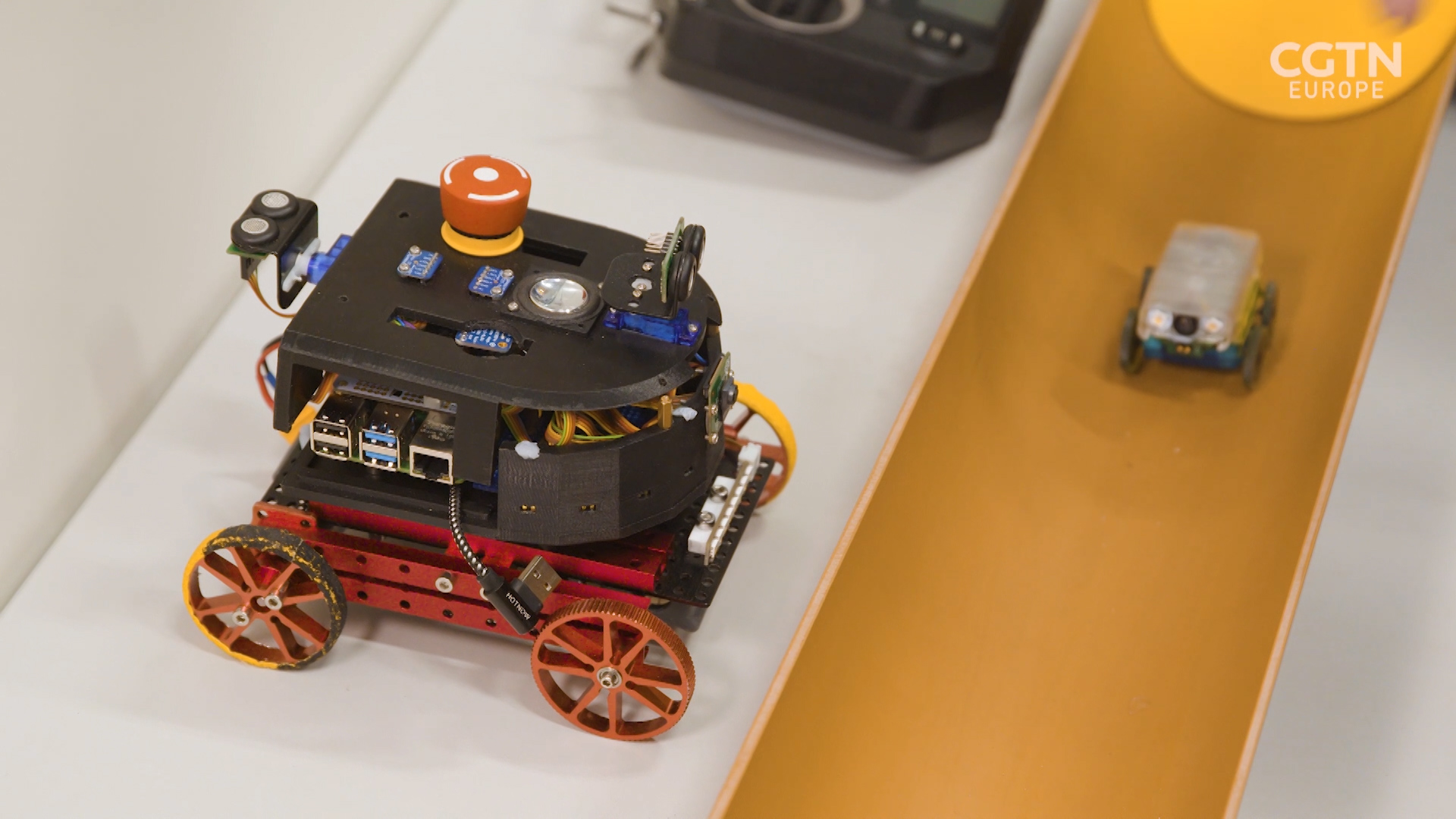
A prototype called the 'tankbot'. /CGTN/
A prototype called the 'tankbot'. /CGTN/
A heftier cousin called the 'tankbot' is armed with much more tools, including ultrasonic sensors that can emit an inaudible frequency of over 20 kilohertz, the same as used by parking sensors in cars.
This signal travels at a much shorter range than the acoustic sensors demonstrated by Yicheng Yu earlier, but can produce a significantly clearer picture of the pipes' defects.
The hope is that eventually such robots will be autonomous and waterproof, inspecting large sewage pipes as well as pressurized clean water systems.
"I think we take provision of clean water for granted, so we don't appreciate it very much because we know it's going to be there,” says Horoshenkov, from the University of Sheffield.
"Unless we do something about it now. It might not be there all the time.”